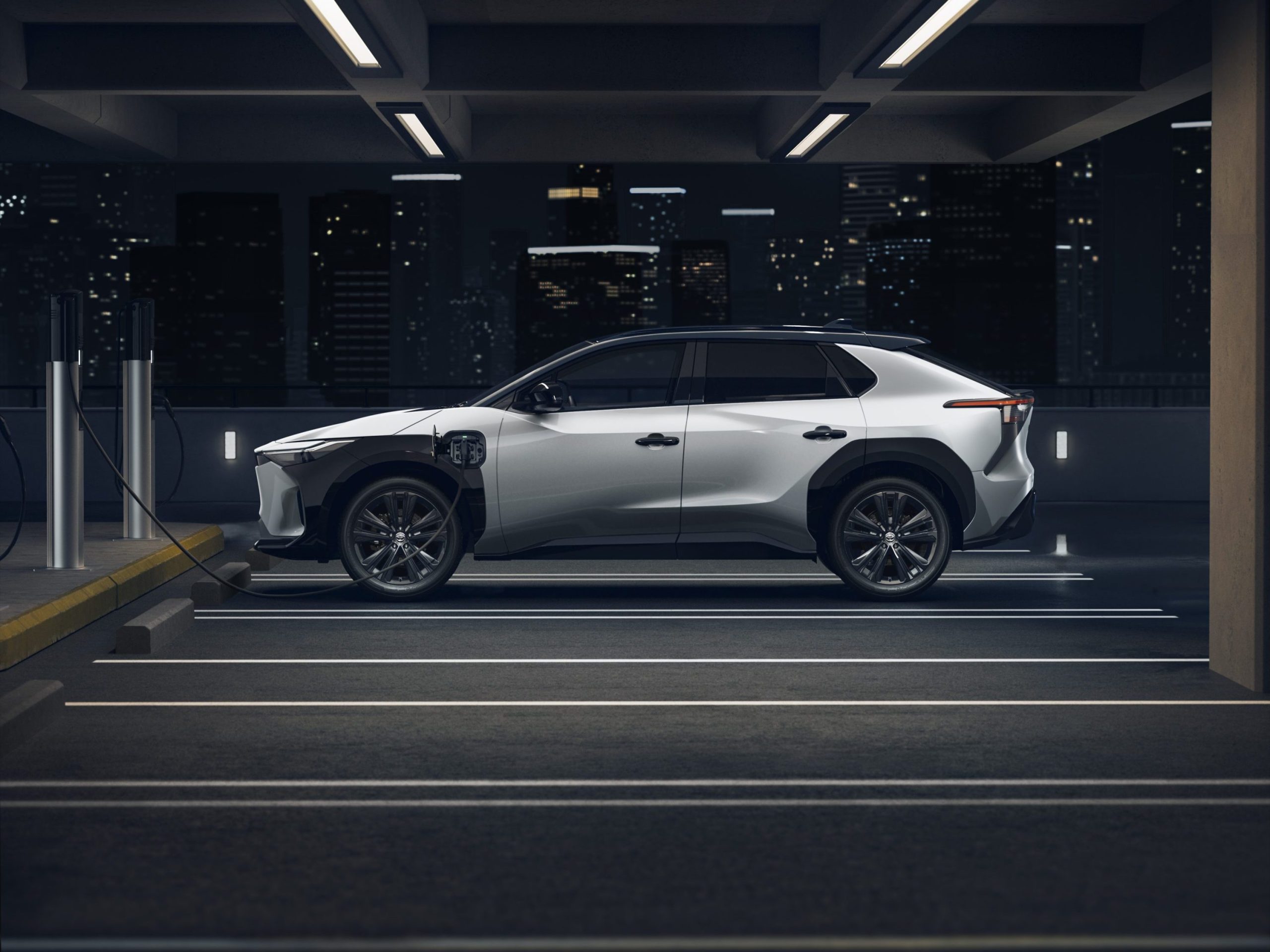Advancements in Solid-State Batteries: The Future of Electric Mobility
Key Ideas
- Solid-state batteries (SSBs) are revolutionizing electric vehicle energy storage with higher energy density, faster charging, and enhanced safety compared to lithium-ion batteries.
- Toyota leads in SSB development, aiming for up to 621 miles of range and sub-10 minute charging, while other automakers like Stellantis and Hyundai are also progressing.
- Environmental implications are being studied, focusing on sourcing materials and manufacturing processes to reduce emissions and enhance sustainability in electric mobility.
- Challenges such as dendrite formation and production costs persist, but innovations like gigacasting aim to make SSBs more cost-effective by 2030.
Solid-state batteries (SSBs) are at the forefront of a technological revolution in electric vehicle energy storage, offering breakthroughs in range, charging speed, and safety compared to traditional lithium-ion batteries. Automakers like Toyota, Stellantis, and Hyundai are driving advancements in SSB technology, with a shift towards higher energy density and faster charging capabilities. Environmental concerns are also being addressed, focusing on reducing emissions through sustainable material sourcing and manufacturing practices. Despite challenges like dendrite formation and high production costs, the industry is actively working on solutions to make SSBs more scalable and cost-effective. Toyota's research on sulfide-based solid electrolytes has shown promising results, with plans for limited SSB production by 2027–2028 and mass adoption by 2030. The future of electric mobility lies in the advancements of SSBs, with potential to revolutionize the way we power vehicles and reduce our environmental impact.
Topics
Power
Environmental Impact
Sustainability
Automotive Industry
Electric Vehicles
Research
Battery Technology
Materials Science
Production Challenges
Latest News
